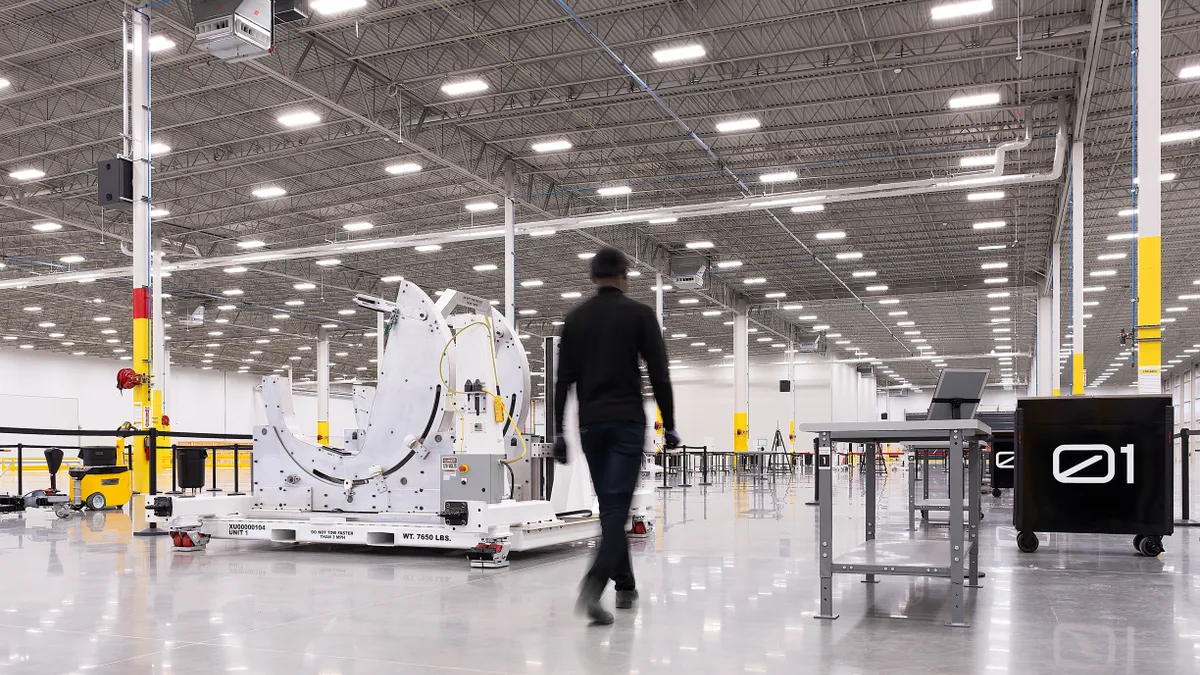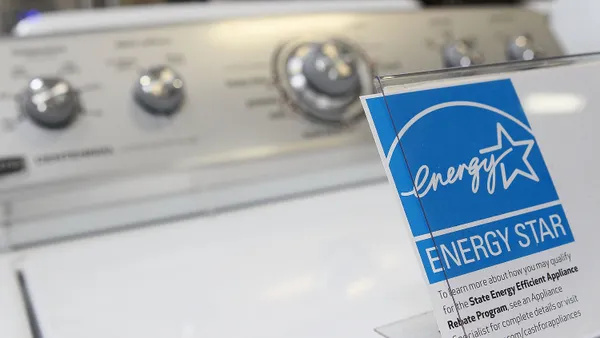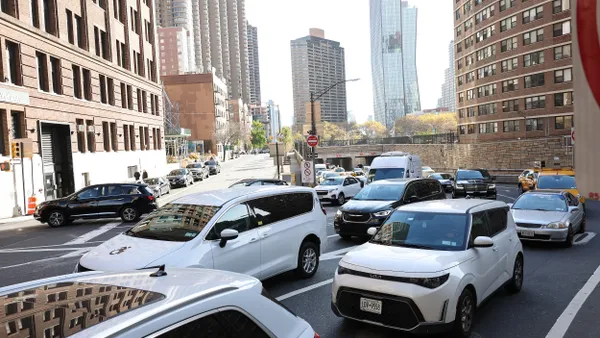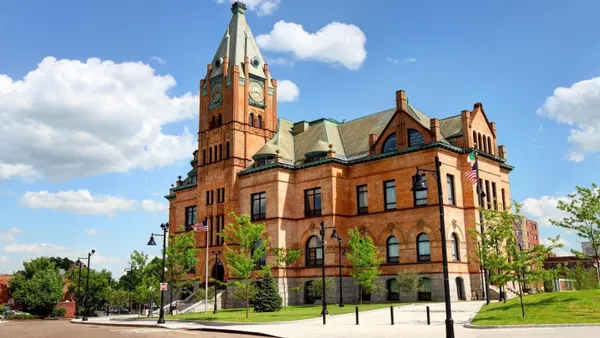Dive Brief:
- Dandelion, a clean energy company that started under Alphabet’s innovation lab X, announced a home heating/cooling system it says could cut customer’s bills in half. The geothermal system uses a pump to draw up heat from underground pipes into the home in the winter, and expels it during the summer for cooling.
- Dandelion says its system can be twice as efficient as a conventional air conditioning system and four times as efficient as a traditional furnace.
- The system will be available for homes in New York starting this week, after a test run in the Hudson Valley. The unit will cost $20,000 for installation, but the company says it’s cheaper than similar geothermal systems because it does not require custom fitting.
Dive Insight:
Dandelion’s system is geared toward larger homes as a replacement for furnaces, but geothermal power has potential for urban areas. The power source has not gotten the traction of solar or wind as a renewable resource, although it has been used in cities like Boise, ID; Reno, NV and Reykjavik, Iceland. (Cornell is also installing geothermal across its campus.) As cities try to reduce their climate impact and expand renewable energy options, geothermal presents an appealing option.
Dandelion CEO Kathy Hannun told Fast Company that she sees the company in a similar position to SunRun or Solar City, which made solar power more accessible by marketing streamlined installations rather than custom systems. Dandelion’s system is also cloud connected for regular checks on performance and to correct any flaws in the system, a feature that could make it attractive to cities looking for power sources that can be wirelessly integrated.
Developments in suburban areas of Atlanta, Austin, TX and Louisville, KY were all built with geothermal energy systems, as profiled by CityLab last year. That shows the potential for using the renewable source for large-scale operations, rather than single homes, but also raises a potential barrier for cities: it’s easier to install geothermal systems with new construction. Building it into existing infrastructure, on the scale that city residents would need, could be a harder task.









